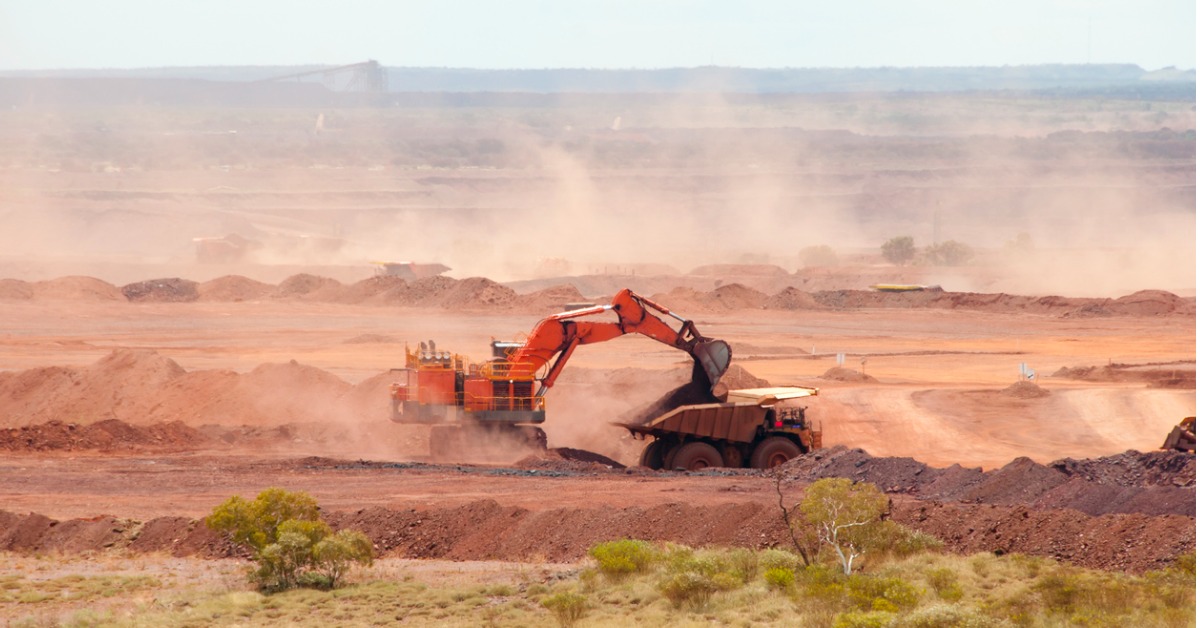
Dust hazards in the workplace are a serious concern worldwide, particularly in buildings and common areas on mine sites. Dust not only makes the workplace uncomfortable, but it can also have long-lasting health implications for workers and communities nearby that are exposed to it. Mine sites may also house essential equipment that is sensitive to dust and must be protected to ensure the mine can continue operating.
Mine sites are responsible for implementing dust control in order to meet Ambient Air Quality Measures. Dust particles are created during exploration, extraction and processing when the earth is disturbed through drilling, blasting, excavating, transporting, crushing, screening and stockpiling. Dust also occurs when the wind blows over bare ground and stockpiles.
Health Risks Related to Dust
Dust is a major health risk on mine sites. Exposure to dust can irritate the eyes, skin and throat. The coarse particles can cause coughing, wheezing, increased breathlessness, worsening of asthma and an increased need for treatments such as puffers or antibiotics.
With prolonged exposure, dust can cause lung diseases such as silicosis, coal workers' pneumoconiosis (CWP), chronic obstructive pulmonary disease (COPD) and lung cancer. Dust can travel long distances to residential areas and impact the lives of non-mine workers too.
How Are Dust Particle Levels Measured?
Dust particle levels in the air are measured by weight in micrograms of particles per cubic metre of air (μg/m3). The majority of particles created by mining activities are coarse particles. Some respirable dust particles are so small that they can’t be seen by the naked eye, but can travel deep into the lungs.
Fine dust can get in everywhere. Workers expect dust out in the field but when they come back to camp, they don’t want dust contaminating the kitchen and living quarters. Sensitive equipment stored in control rooms must be kept cool from scorching outdoor temperatures and completely dust-free to ensure they keep working.
How to Reduce Dust on Mine Sites
Effective dust suppression methods in mines can reduce respirable dust by 80%, making living quarters more pleasant and work areas safer. There are several ways that companies can reduce the risk of dust hazards on mine sites.
#1 Physical Barriers Between Dust and Workers
Workers can be protected with physical barriers such as enclosed cabins on machinery or using remote controlled machinery. This means workers aren’t required to work so close to sites or areas with high dust levels. For workers who aren’t in machinery, personal protective equipment (PPE) such as their own respirator can help to filter out some of the dust.
#2 Modifications to Equipment & Processes
Dust is created during extraction, drilling, blasting, dropping, crushing and conveying. During extraction, worn tips produce more dust than those with their carbide tips. Water and foam injection can reduce dust while drilling. Reducing the amount of dropped material reduces dust as does enclosing the crushing machine and wetting conveyed material.
#3 Water Suppression
Suppressing the dust with water sprays is a common method. Spraying wets the broken material being transported and captures airborne dust. Some sprayers allow the droplet size to be changed according to the particle size. Some dusts like silica and coal are hydrophobic and require an additive to the water to help capture the fast moving dust. Spraying water at high pressure and water additives can use a lower volume of water with the same result.
#4 Foam Suppression
Foam has been found to work better than water, with dust reductions of between 20% to 60%. However, the biggest drawback of foam is its high cost compared to the use of water.
#5 Ventilation
Ventilation reduces dust through dilution and displacement. Dilution involves providing more air to lower the level of dust in an area, while displacement puts dust downwind of the workers.
#6 Hydromulching
Hydromulching involves a cellulosic mulch and binder being sprayed over the surface to form a protective skin and reduce erosion. The high level of moisture in the mulch provides an ideal growing environment.
#7 Shoe Covers
Most dust suppression occurs outside, but shoe covers are designed to reduce the amount of dust coming indoors. Rather than have workers remove their steel cap boots before entering a building (which can cause other safety issues), waterproof shoe covers can be worn so that dust and other contaminants are sealed inside the cover. Shoe covers are effective in keeping control rooms and kitchens and kitchens relatively dust-free.
Shoe-Inn shoe cover dispensers help make it easy and safe for workers to fit shoe covers, as they eliminate the need to bend over and balance on one leg.
For more information about shoe covers for your mine site, call us on 1300 29 32 32 or contact us online.